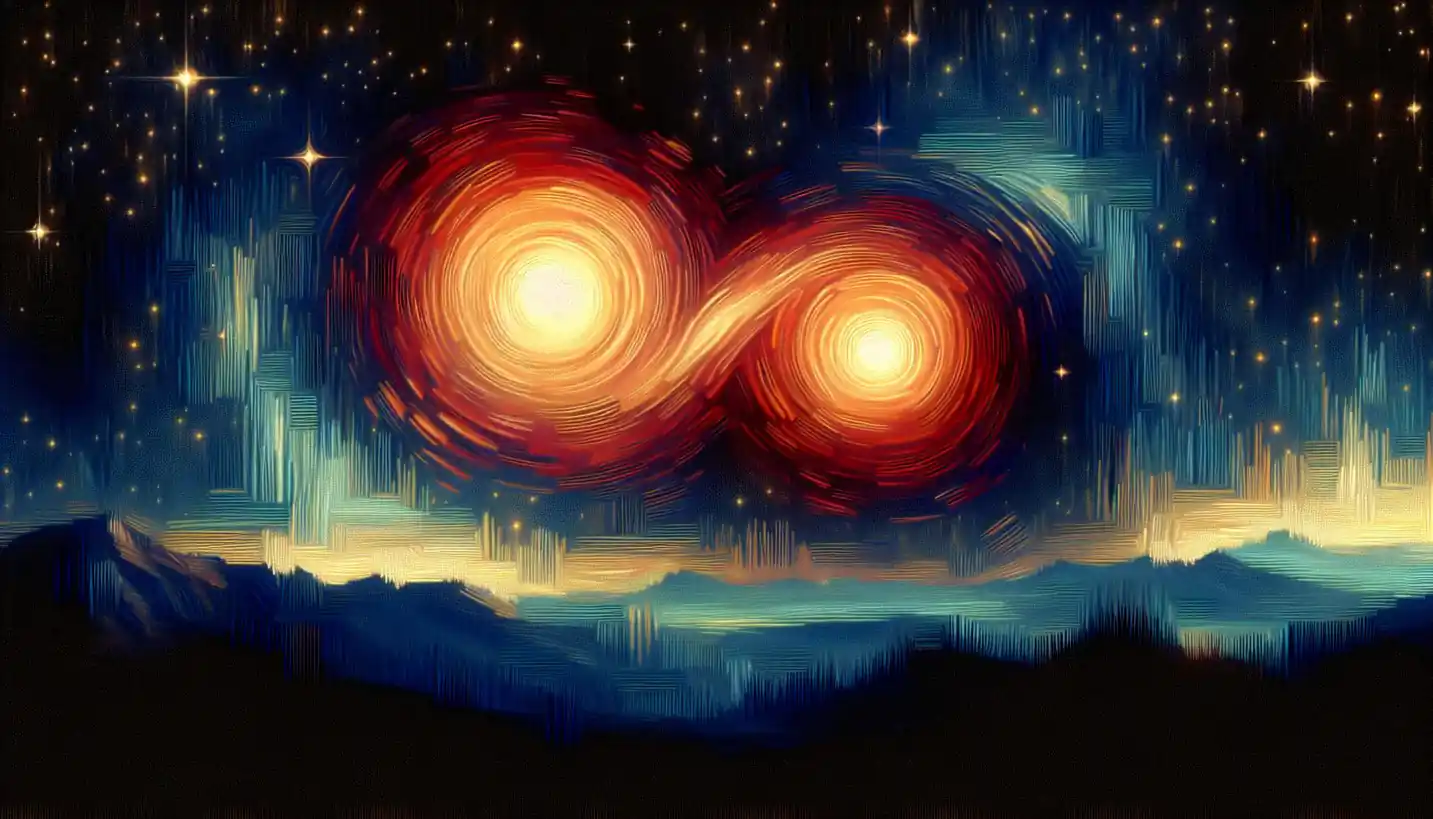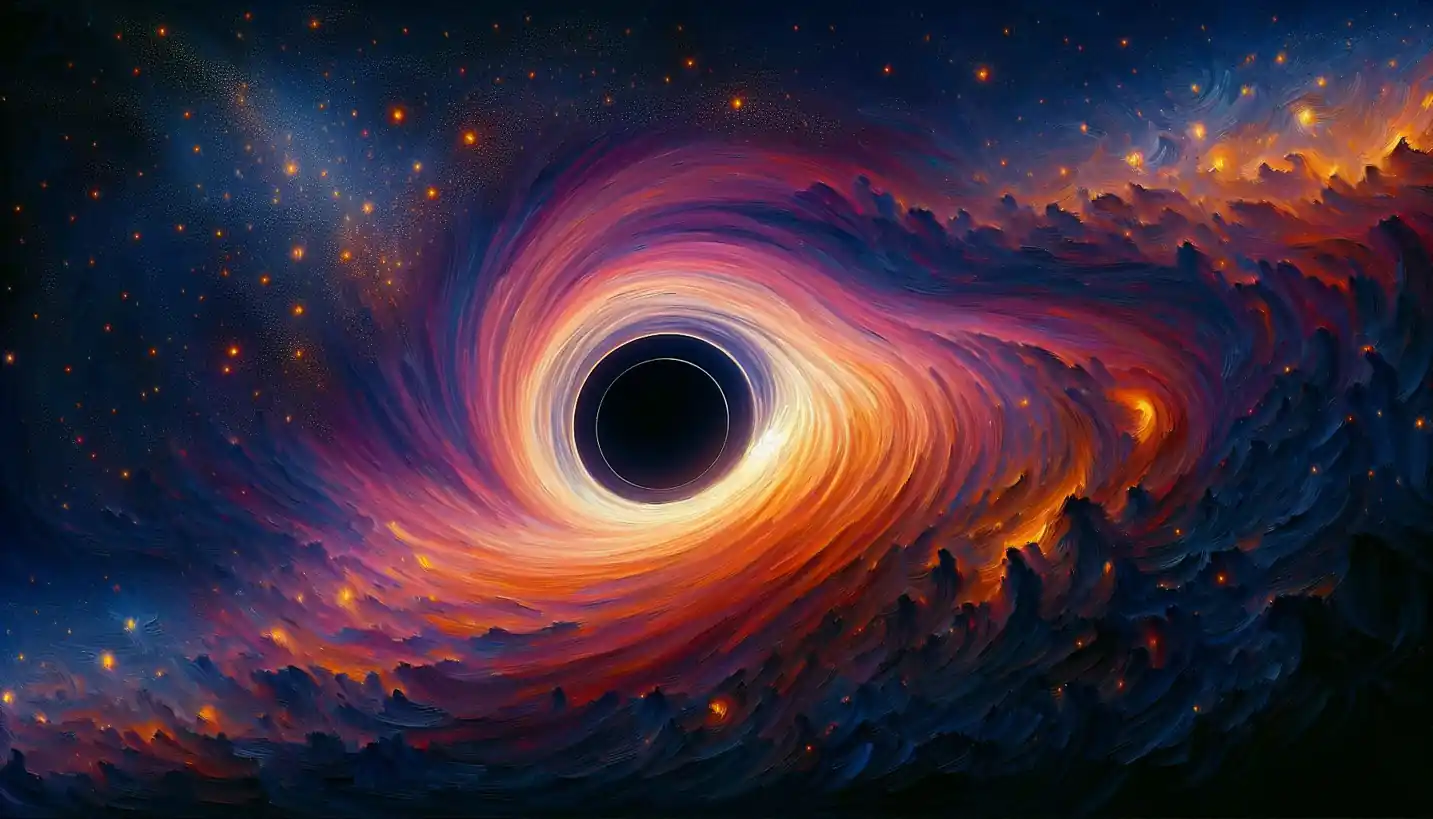· Astronomy · 5 min read
Absorption Lines in Ultraviolet Astronomy: Unlocking Cosmic Secrets
Absorption lines in ultraviolet astronomy unlock cosmic secrets undetectable by regular sight. Dive into the fascinating world these lines reveal.

When you look up at the night sky, it seems filled with countless stars, each shining its unique light. But what if I told you that hidden within that light are tiny fingerprints waiting to be discovered? These fingerprints, known as absorption lines, especially in the ultraviolet spectrum, play a crucial role in astronomy by revealing secrets about the universe.
What are Absorption Lines?
In the simplest terms, absorption lines are like gaps or missing pieces of colors in the spectrum of light that reaches us from stars or other celestial objects. Imagine a rainbow in the sky where certain colors don’t appear—those gaps tell us something crucial. When light passes through a gas or dust cloud, certain atoms or molecules absorb specific wavelengths of light. This absorption leaves dark lines in the spectrum, each line associated with a particular element or molecule.
In ultraviolet (UV) astronomy, scientists focus on these lines in the ultraviolet part of the electromagnetic spectrum. The UV region is invisible to our eyes, but it carries essential information about the hottest and most energetic processes in the universe.
Why Ultraviolet Astronomy?
The ultraviolet spectrum is unique because it helps us study extremely hot objects, such as young stars, white dwarfs, and supernova remnants. These celestial bodies emit intense UV radiation. By examining absorption lines in the UV spectrum, astronomers can infer vital data about the temperature, chemical composition, and velocities of these objects.
In addition, UV observations allow astronomers to explore regions obscured by interstellar dust in other wavelengths, providing a clearer view of the universe’s hidden parts. These observations can tell us about the lifecycle of stars and the dynamic processes occurring in galaxies.
The Science Behind Absorption Lines
Absorption lines occur when atoms or molecules in a cooler layer of gas absorb photons from a continuous light source behind them. Each type of atom, like hydrogen or helium, only absorbs light at certain specific wavelengths. These wavelengths depend on the energy levels of the electrons in the atoms.
Think of an atomic spectrum as the unique barcode of an element. By detecting and analyzing these codes, astronomers identify the elements present in distant stars and galaxies. This is crucial for understanding the composition and evolution of the universe.
In the UV range, molecules and ions that aren’t detectable in optical wavelengths can be studied. As a result, UV astronomy provides insights into phenomena like stellar winds, the interstellar medium, and even the atmospheres of other planets.
The Tools of the Trade
To explore absorption lines in the UV spectrum, astronomers use specialized telescopes and instruments. Beyond the Earth’s atmosphere, which absorbs much of the UV radiation from space, satellites like the Hubble Space Telescope and the now-decommissioned International Ultraviolet Explorer (IUE) have been pivotal.
These satellites are equipped with spectrographs, which spread out light into its component colors to reveal absorption lines. With this data, scientists can analyze the physical properties of astronomical objects millions or even billions of light-years away.
Impact and Discoveries
Studying absorption lines in UV astronomy has led to numerous groundbreaking discoveries. For example, by examining the absorption lines from distant quasars, astronomers have traced the distribution and composition of intergalactic clouds. This research provides insights into the large-scale structure of the universe and the formation of galaxies.
Additionally, UV absorption lines have been instrumental in studying the atmospheres of exoplanets. By observing how a planet’s atmosphere absorbs starlight during a transit, scientists can detect alien atmospheres and even seek potential signs of life.
A Living Laboratory
The universe, viewed through UV absorption lines, is like a living laboratory. As our technological capabilities advance, the depth and breadth of our understanding continue to expand. Each discovery leads to new questions, pushing the boundaries of what we know about the cosmos.
Future missions and telescopes, such as the James Webb Space Telescope, promise even more detailed observations, opening new windows into the intricate dance of atoms and galaxies. The continuing study of absorption lines in ultraviolet astronomy is essential for unraveling the mysteries of our universe.
Why It Matters
Understanding absorption lines in UV astronomy is not just about peering into the sky; it’s about unraveling the building blocks of our universe. By identifying the chemical fingerprints of distant objects, we gain valuable knowledge about their origins and evolution.
These insights might one day help answer profound questions like: How did the universe begin? Are we alone in the cosmos? Each piece of information, no matter how small, adds to the broader picture of our place in the cosmos.
Looking Ahead
As we move forward, both professional astronomers and enthusiastic amateur stargazers recognize the importance of absorption lines in UV astronomy. The path ahead is filled with promise, as next-generation telescopes and technology will allow us to explore further than ever before.
By continuing to study these cosmic fingerprints, we not only expand our scientific knowledge but also inspire generations to look to the stars with wonder and curiosity. The universe is vast and complex, but with tools like ultraviolet spectroscopy, its secrets gradually unfold before us. Who knows what mysteries the next observation will unlock?
In a way, understanding absorption lines is like learning a universal language—a way of communicating with the cosmos across light-years. So next time you gaze at the stars, remember there’s a whole hidden world waiting to be explored, one absorption line at a time.



